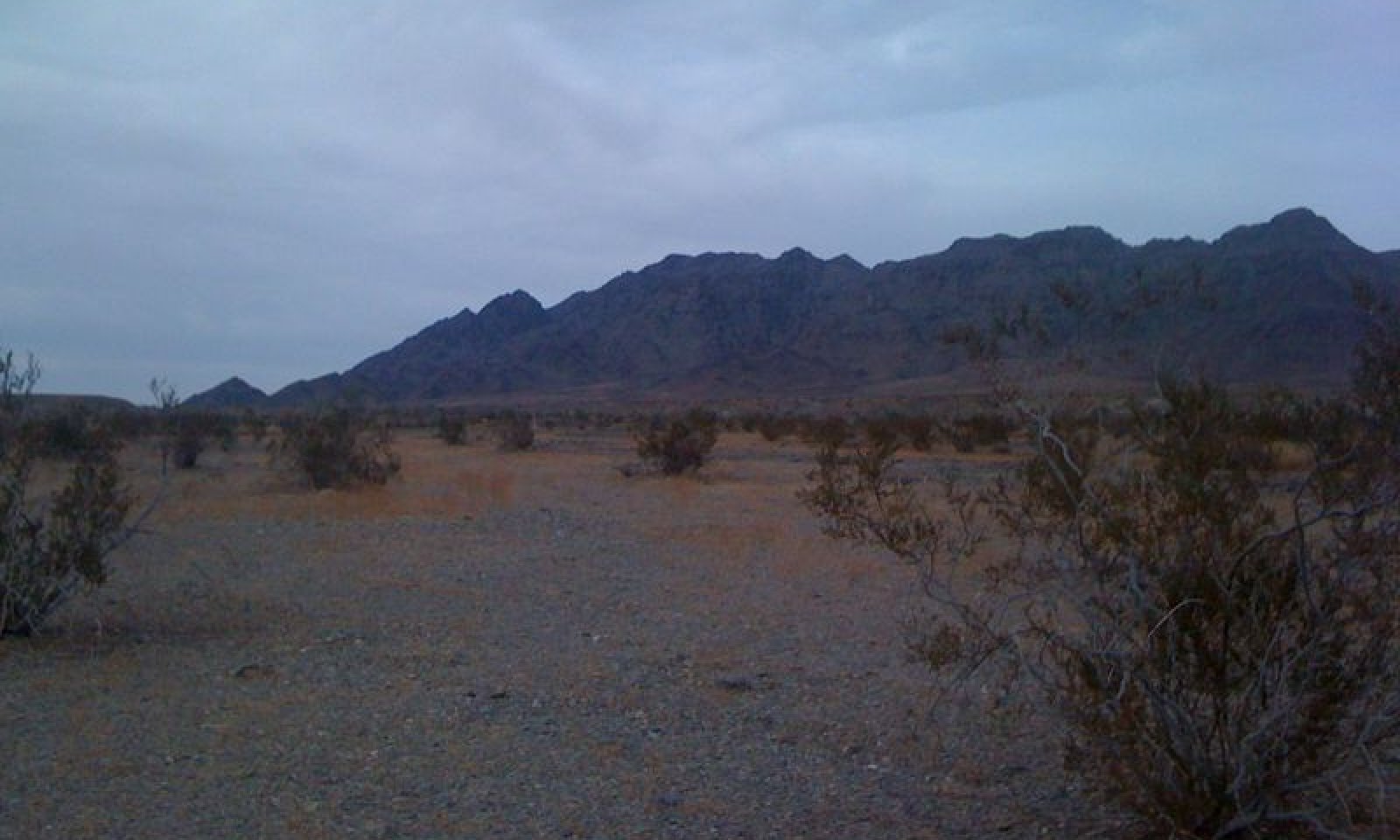

Natural Resources
Conservation Service
Ecological site R040XD006CA
Hyper-Arid Abandoned Fans 2-4" p.z.
Last updated: 3/11/2025
Accessed: 12/22/2025
General information
Provisional. A provisional ecological site description has undergone quality control and quality assurance review. It contains a working state and transition model and enough information to identify the ecological site.
MLRA notes
Major Land Resource Area (MLRA): 040X–Sonoran Basin and Range
MLRA Description:
Major land resource area (MLRA) 31 is the Lower Colorado Desert. This area is in the extreme southeastern part of California, in areas along the Colorado River, and in Western Arizona. The area is comprised of rough, barren, steep, and strongly dissected mountain ranges, generally northwest to southwest trending that are separated by intermontane basins. Elevation ranges from approximately 275 feet below sea level at the lowest point in the Salton Trough to 2700 feet along low northwest to southeast trending mountain ranges. The average annual precipitation is 2 to 6 inches with high temporal and spatial variability. Winter temperatures are mild, summer temperatures are hot, and seasonal and diurnal temperature fluctuations are large. Monthly minimum temperature averages range from 40 to 80 degrees F (4 to 27 degrees C). Monthly maximum temperature averages range from 65 to 110 degrees F (18 to 43 degrees C) (WRCC 2002). Temperatures are rarely below 28 degrees F, and extremely rarely fall below 24 degrees F. Precipitation is bimodal, with approximately 20 to 40 percent of annual precipitation falling between July and September. This summer rainfall, in combination with very hot temperatures and very few to no days of hard freeze are what characterize this MLRA and distinguish it from the Mojave Desert (MLRA 30).
XD LRU concept:
The XD LRU is an extremely hot and dry portion of the MLRA. Mean annual precipitation is about 4 inches or less where the majority of the precipitation can arrive in only a couple storm events during any given year. The very few hard freezing days allows this region to have Plant Hardiness Zones of 9b or warmer. This LRU covers most of the Lower Colorado Desert except elevations above 500 m where Plant Hardiness Zones are less than 9b.
Classification relationships
Mojave Creosote Bush (Holland, 1986).
Larrea tridentata Shrubland Alliance (Sawyer et al. 2009).
Ecological site concept
This ecological site occurs on gently sloping fan remnants, alluvial fans, and inset fans at elevations of 440 to 1770 feet. The soils associated with this ecological site are generally very deep, well to somewhat excessively drained soils. A hyperthermic, very arid climate with stable landforms and deep soils with minimal additional run-on drives the vegetation community of this ecological site.
Production reference value (RV) is 62 pounds per acre, and depending on precipitation and annual forb production, ranges from 25 to 169 pounds per acre. The reference plant community is dominated almost entirely by creosote bush (Larrea tridentata); this deep-rooted species is the only shrub capable of tolerating the extremely arid conditions of this site. White ratany (Krameria grayi), burrobush (Ambrosia dumosa), and big galleta (Pleuraphis rigida) may be present as very minor species. Annual forbs contribute 20 to 40 percent of annual production during year of average to above average precipitation.
Data ranges in the physiographic data, climate data, water features, and soil data sections of this Ecological Site Description are based on major components only (15 percent of map unit or greater).
Associated sites
| R040XD009CA |
Gravelly Fan Remnants And Fan Aprons This ecological site occurs on stony fan remnants. Creosote bush (Larrea tridentata) and Schott's dalea (Psorothamnus schottii) are dominant. |
|---|---|
| R040XD015CA |
Limy 4-6" p.z. This site occurs on adjacent alluvial fans that receive significantly higher runoff. Creosote bush (Larrea tridentata) and burrobush (Ambrosia dumosa) are dominant. |
| R040XD200CA |
Rarely Flooded Fans This ecological site occurs on fan aprons that receive greater moisture. Creosote bush (Larrea tridentata) and brittlebush (Encelia farinosa) are dominant. |
Similar sites
| R040XD015CA |
Limy 4-6" p.z. This ecological site receives more moisture, has much higher production, and burrobush (Ambrosia dumosa) is co-dominant with creosote bush (Larrea tridentata). |
|---|---|
| R040XD009CA |
Gravelly Fan Remnants And Fan Aprons This ecological site occurs on stony fan remnants. High surface rock fragment cover increases run-on. Production is higher, and Schott's dalea (Psorothamnus schottii) is co-dominant with creosote bush (Larrea tridentata). |
Table 1. Dominant plant species
| Tree |
Not specified |
|---|---|
| Shrub |
(1) Larrea tridentata |
| Herbaceous |
(1) Plantago ovata |
Click on box and path labels to scroll to the respective text.


